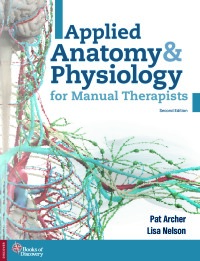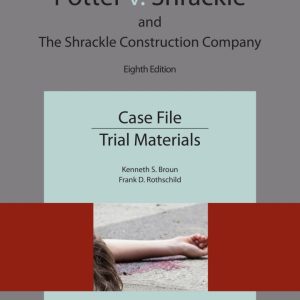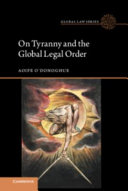Buy Applied Anatomy & Physiology for Manual Therapists 2nd Edition PDF ebook by author Pat Archer, MS, AT ret, LMT; Lisa A. Nelson, BA, AT/R, LMT – published by Books of Discovery in 2021 and save up to 80% compared to the print version of this textbook. With PDF version of this textbook, not only save you money, you can also highlight, add text, underline add post-it notes, bookmarks to pages, instantly search for the major terms or chapter titles, etc.
You can search our site for other versions of the Applied Anatomy & Physiology for Manual Therapists 2nd Edition PDF ebook. You can also search for others PDF ebooks from publisher Books of Discovery, as well as from your favorite authors. We have thousands of online textbooks and course materials (mostly in PDF) that you can download immediately after purchase.
Note: e-textBooks do not come with access codes, CDs/DVDs, workbooks, and other supplemental items.
eBook Details:
Full title: Applied Anatomy & Physiology for Manual Therapists 2nd Edition
Edition: 2nd
Copyright year: 2021
Publisher: Books of Discovery
Author: Pat Archer, MS, AT ret, LMT; Lisa A. Nelson, BA, AT/R, LMT
ISBN: 9780998266367, 9781315461083
Format: PDF
Description of Applied Anatomy & Physiology for Manual Therapists 2nd Edition:
Development of Dyslexia and Other SpLDs is the fourth book in the series Living Confidently with Specific Learning Difficulties (SpLDs). This book is about the persistence of dyslexia and specific learning difficulties (SpLD) into adulthood. It pulls together experiences of many dyslexic/SpLD people. The book is written with non-linear readers in mind: those who need to move about a book picking up ideas that are currently relevant to them; a style that suits many dyslexic/SpLD readers. The book gives a framework for understanding the wide-ranging experiences of dyslexic/SpLD adults. With the greater understanding, there should be better help for: – adults who still have no strategies for dealing with dyslexic/ SpLD problems – children who have some skills but not at the level of their overall intelligence – young children who show the first signs of difficulties – dyslexic/SpLD children in mainstream schools. A new paradigm is proposed whereby all teaching programmes utilise each learner’s learning strengths – catering for dyslexic and SpLD adults and children involves vital teaching and learning approaches that are good practice for all.





